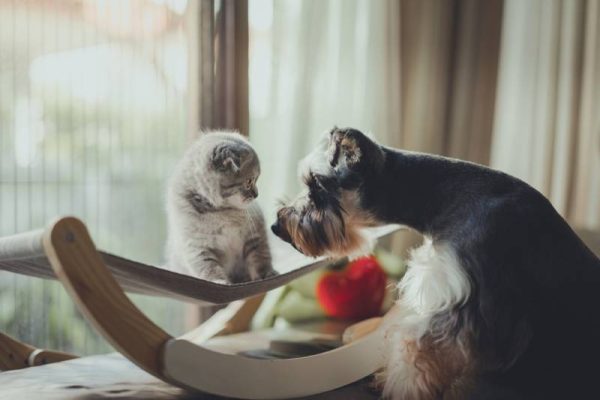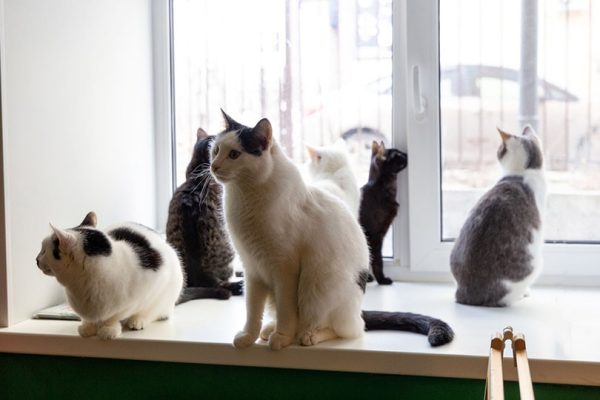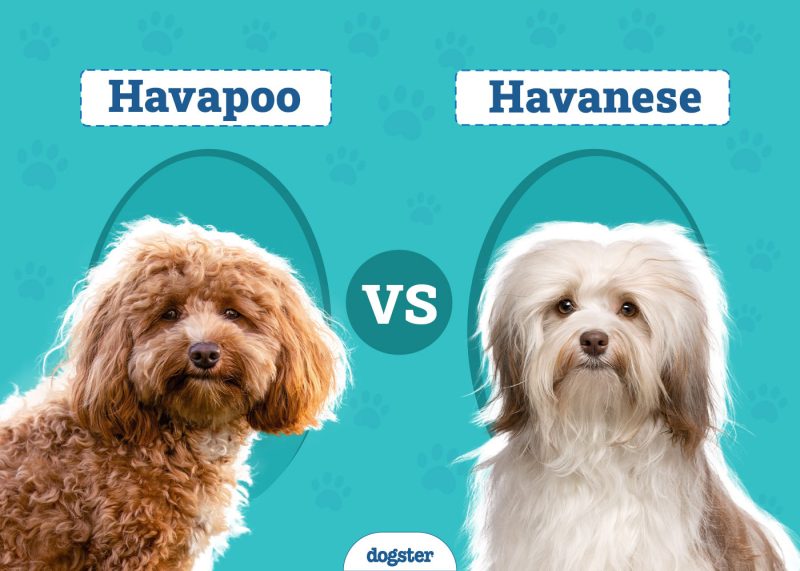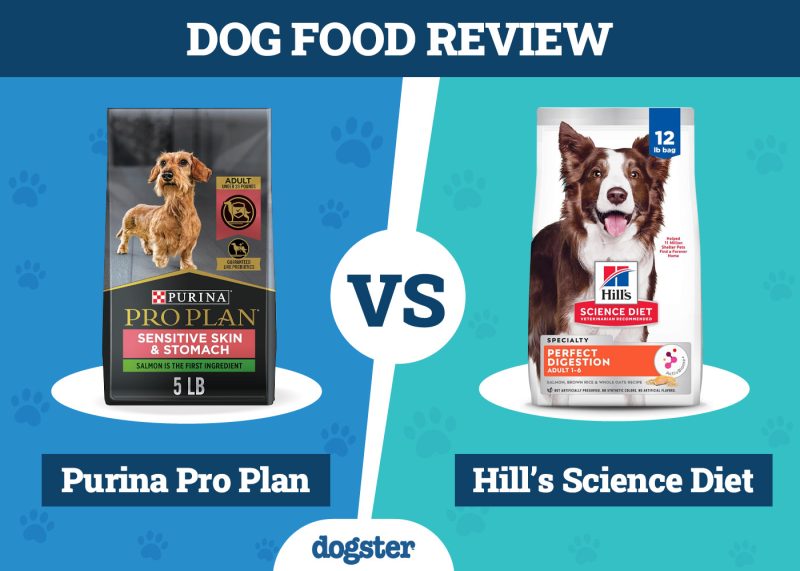In this article
View 8 More +The Anatolian Shepherd is an imposing dog that was developed to be a livestock guardian dog, which is a job that the breed excels at. This breed has a certain no-nonsense air to it that embodies how seriously it takes its duty to protect its flock.
The Anatolian is a giant breed of dog that is strong and dominating, so it requires an experienced owner who is capable of handling this rugged breed. Although they’re incredible dogs, this breed is not for the faint of heart, the inexperienced owner, or someone looking for a house dog.
Breed Overview
Height:
27–29 inches
Weight:
80–150 pounds
Lifespan:
11–13 years
Colors:
Biscuit & white, brindle, fawn, blue fawn, gray fawn, red fawn, liver, white
Suitable for:
Livestock guarding, active people
Temperament:
Loyal, independent, reserved, protective
The Anatolian Shepherd lives to perform its job of guarding its flocks. Many people today still use this breed to guard their flocks of sheep, goats, cows, and chickens. In lieu of livestock, the Anatolian will fiercely protect whatever it views as its flock, from children to other pets in the home. This breed isn’t suitable for the average pet-owning home, though, so it’s important to understand the needs of this breed before considering adding one to your family.
Anatolian Shepherd Characteristics

Anatolian Shepherd Puppies
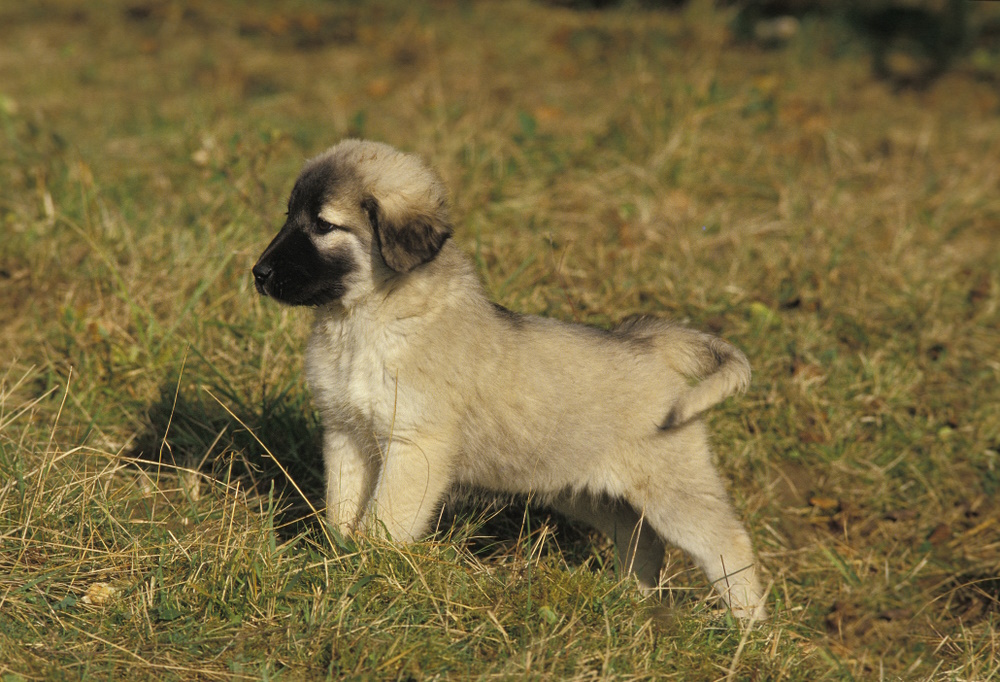
Although they’re still young, Anatolian Shepherd puppies have a certain boldness about them that is reflective of the breed as a whole. They tend to be confident and independent from a young age. This is an intelligent breed, but they are not a highly trainable breed. Consistency and proper socialization from an early age are necessary components of creating a stable, social dog. Without socialization, your Anatolian puppy will grow into an independent, standoffish, instinct-driven dog.
Anatolian Shepherd Breed Origin & History
The Anatolian is an ancient breed that originated in Anatolia, also known as Asia Minor. It’s unclear when the breed itself appeared, but dogs similar in appearance to Anatolians appear in art and writings from as many as 6,000 years ago. Around 2000 BCE, distinctly Anatolian dogs were depicted in reliefs. Anatolia is an unforgiving land with dry, hot summers and snowy, freezing winters, so the Anatolian was developed to be able to withstand these extremes with ease.
The first two Anatolians to come to the US, a breeding pair, were brought in just prior to World War II by the US government for a project intended to determine which dog breeds would be ideal candidates for guarding flocks. In the 1950s, farmers began importing these dogs, with the breed taking off in popularity in the 1970s. This popularity boom coincided with the passing of the Endangered Species Act, which required farmers and ranchers to use non-lethal means to control predatory wolves and other animals.

Temperament & Intelligence of the Anatolian Shepherd
Anatolian Shepherds are highly intelligent dogs, but that doesn’t translate into being a trainable dog. The Anatolian is an independent, stubborn dog that naturally only has one thing on its mind: guarding its flock. Convincing your dog to focus on training, acquire new information, and then master the commands can be a challenge with this breed’s high level of independence and instinctual drive.
Are These Dogs Good for Families? 🧑🧑🧒
Anatolian Shepherds can be suitable for homes with children, but they’re not typically recommended for homes with small children. They are not cuddly dogs and are unlikely to be sociable or welcoming to visitors, including children. This breed makes a suitable companion if you want a dog that will hang around and make sure your kids stay safe, but an Anatolian is unlikely to be playful, friendly, and outgoing.
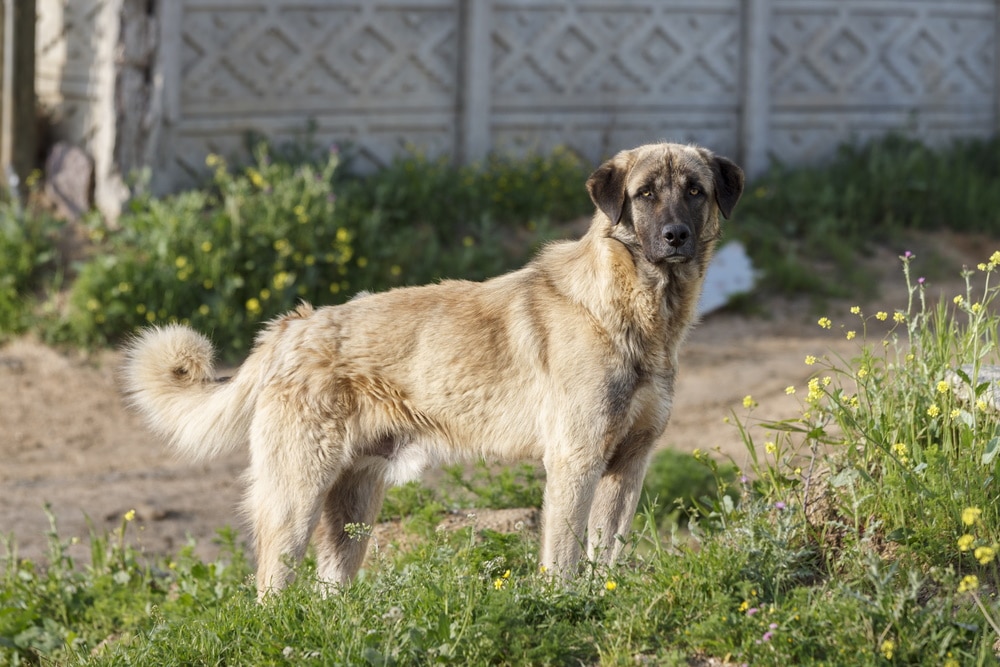
Does This Breed Get Along With Other Pets?
While Anatolian Shepherds can get along with other animals, they have a strong preference for livestock. They may be nervous or aggressive around other dogs since they may view them as predators of their flock. However, they can work well with other livestock guardian dogs and herding dogs to help maintain the safety of livestock on your land.

Things to Know When Owning an Anatolian Shepherd:
Food & Diet Requirements 🦴
These are extremely large dogs, so you need to be prepared to spend a pretty penny on dog food. Maintaining a healthy body weight on a dog that is the size of an adult human and that works day and night can be challenging. In some cases, an active-level dog food may be necessary to ensure your Anatolian gets enough calories. If you continue to struggle to keep weight on your dog, make sure to follow up with your vet for guidance.
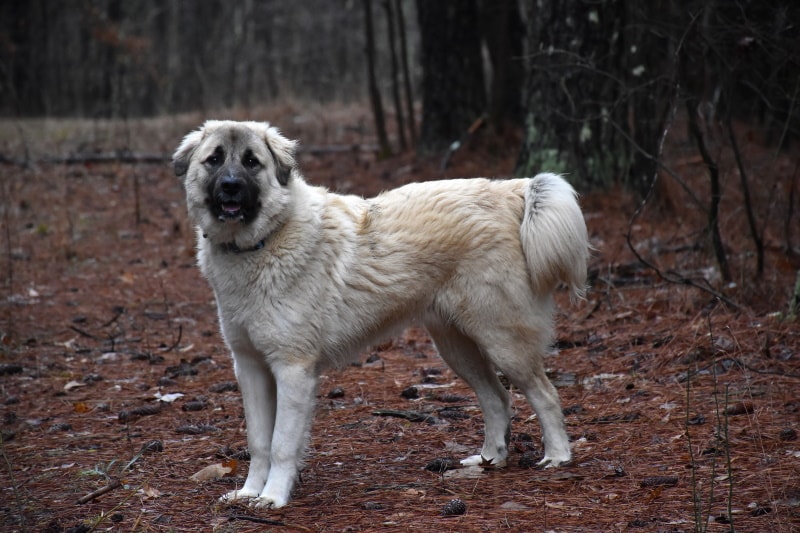
Exercise 🐕
The Anatolian was bred to work, so this breed likes to keep itself busy. They may not make good companions for high-energy activities like running, but an Anatolian will likely enjoy going for a hike or a long walk with you. Daily exercise is an essential part of maintaining your Anatolian’s health. If your Anatolian doesn’t have a job, they may become bored, anxious, or destructive, so make sure to find other ways to keep them busy.
Training 🎾
This is a stubborn breed that can be a challenge to train. A consistent training routine that everyone in the family is willing to stick to is going to be your best chance at successfully training your Anatolian. Identifying what rewards are high in value to your dog, as well as using positive reinforcement training methods, are good options for improving your control of the situation when training your Anatolian.

Grooming ✂️
To protect them from the harsh elements of their homeland, the Anatolian has a thick double coat. In spring and fall, you can expect your Anatolian to shed heavily, so brushing every couple of days will come in handy during these times. When your dog isn’t actively shedding, brushing them once every week is a great way to maintain their coat. If your dog works with livestock, check their coat regularly for burrs, seeds, and other debris that may have become caught in their coat.
Health and Conditions 🏥
- Allergies
- Skin infections
- Entropion
- Osteochondritis dissecans
- Hip dysplasia
- Elbow dysplasia
- Epilepsy
- Cardiomyopathy
- Autoimmune thyroiditis
- Growth disorders
- Obesity
- Bloat
- Sensitivity to anesthesia

Male vs. Female
Male Anatolian Shepherds are commonly larger than females, and the size difference can be significant. While males can reach up to 150 pounds, females typically don’t exceed 100–110 pounds. Females may be more independent and shier than males, while males may be more sociable. However, males may also be territorial, especially toward other male dogs.

3 Little-Known Facts About the Anatolian Shepherd
1. They’re Extremely Hardy
The Anatolian was developed to work directly in the flock day and night. Because of this, they’re extremely independent, hardy, and adaptable. They excel at living independently and keeping themselves fed. However, even if your dog is working as a livestock guardian, you should always ensure your pup has access to healthy food and clean water.
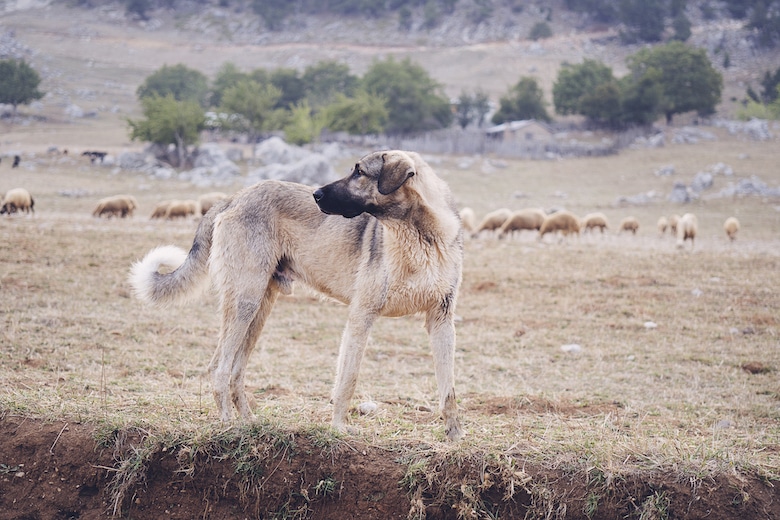
2. They’re an Important Part of Conservation
In the United States, Anatolians have served the vital role of helping farmers and ranchers reduce lethal methods taken against predatory animals, like wolves. Outside of the US, they’re doing the same type of work. In Namibia, Anatolian Shepherds have been employed since 1994 to protect the flocks of farmers and ranchers from cheetahs. Cheetahs were being killed for approaching flocks, but with Anatolians present, livestock losses have declined in some areas.
3. You’ve Seen Them in Films
As stubborn and difficult as Anatolians might be to train, they aren’t all the same. Some Anatolians have made it all the way to Hollywood, starring in movies like Cats and Dogs, Kate and Leopold, and Friends with Benefits.

Conclusion
The Anatolian Shepherd can be a challenging breed, and this isn’t your average cuddly pet dog. This breed has a strong instinctual need to protect and guard, which can make them poor house dogs. These dogs prefer to have space to roam as well as a flock to protect. While many of us turn our noses up at the idea of having dogs that live outdoors full-time, Anatolian Shepherds often prefer the life of solitude in nature with their flock.
Featured Image Credit: CharlitoCZ, Shutterstock


